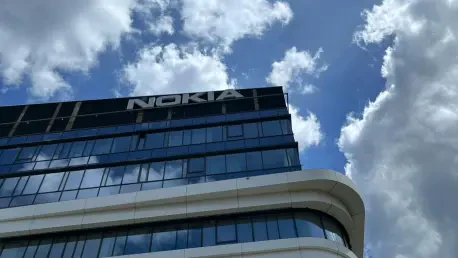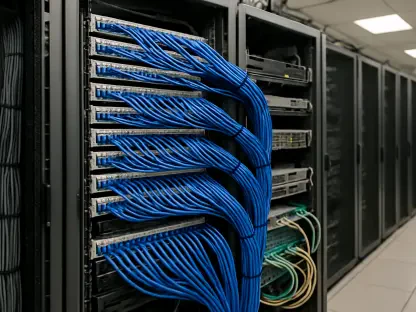The telecommunications industry is at a pivotal juncture as companies vie to meet the increasing demands for faster and more efficient data processing in the era of 5G technology. Nokia Corporation is stepping up its game by incorporating AMD’s 5th Gen EPYC processors into its Cloud Platform, a strategic move designed to tackle the escalating complexities of next-generation 5G networks. This initiative not only aims to bolster performance but also prioritizes scalability and energy efficiency, pressing issues as 5G services expand. By integrating the AMD EPYC 9005 Series processors, Nokia seeks to boost its platform’s performance per watt—a critical metric in today’s environmentally conscious market. This effort underlines a broader industry shift focused on optimizing telecom infrastructure to handle growing data demands while maintaining energy sustainability.
Impact on Telecom Infrastructure
Nokia’s decision to upgrade its Cloud Platform with AMD’s latest technology reflects the evolving landscape of telecom infrastructure, where efficiency and dynamic scalability have become essential. As the 5G networks multiply, so do the complexities associated with their infrastructure requirements. The integration of AMD’s processors into Nokia’s systems signifies a commitment to addressing these challenges head-on. The enhanced performance and energy efficiency offered by the EPYC processors not only support Nokia’s sustainability commitments but also offer its customers a robust solution amid escalating network demands. The company’s ability to deliver scalable, high-performing, and energy-efficient solutions is crucial as telecom operators seek to streamline operations while managing unprecedented network loads. This shift also aligns with a broader trend in the industry, where there is an ongoing push to enhance infrastructure capabilities to accommodate future demands of digital connectivity.
Navigating a Competitive Landscape
In a highly competitive landscape, Nokia’s strategic alliance with AMD signifies more than just a technical enhancement; it reflects the company’s intent to stay abreast of rapid industry evolution. AMD competes with tech giants like Nvidia and contends with geopolitical challenges, notably recent U.S. trade policy shifts. Despite these obstacles, AMD maintains a promising path thanks to robust product sales and new higher-ASP (Average Selling Price) models. Although AMD’s stock fell 24% over the past year, its collaboration with Nokia underscores resilience and potential for recovery. Industry experts, such as Bank of America’s Vivek Arya, offer a cautiously optimistic prognosis for AMD’s role in computing and networking, highlighting AI integration. This partnership enhances Nokia’s competitive stance and illustrates AMD’s forward-thinking strategy of collaborating with industry leaders to navigate the complex market and leverage emerging opportunities. This collaboration sets both companies on a promising path toward future success.









